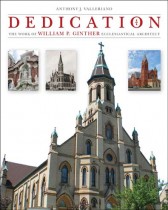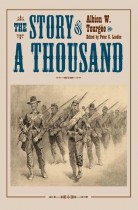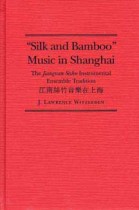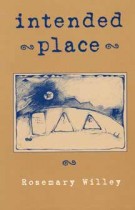A Higher Contemplation
Stephen Fliegel | Filed under: Art, Sacred Landmarks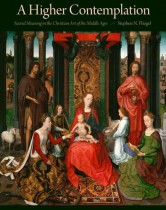
In A Higher Contemplation, author Stephen N. Fliegel introduces medieval Christian iconography and its forms, meaning, function, context, and symbolism to twenty-first-century audiences. Serving as a guide to the subtleties, complexities, richness, range, and antiquity of medieval Christian artistic traditions and the multiple levels in which they can be understood, this book will aid the reader in a journey of discovery and understanding of those sacred images. Beautifully designed will full-color illustrations, A Higher Contemplation will appeal to students, teachers, travelers, art lovers, and those with an aspiring interest in the culture of the Middle Ages and the history of religion.


